
| Wattle Snout Moth (sometimes mistaken for Paraguda australasiae) LASIOCAMPINAE, LASIOCAMPIDAE, BOMBYCOIDEA | donherbisonevans@yahoo.com) and Stella Crossley |

(Photo courtesy of Peter Marriott,
Moths of Victoria - Part 1)

| Wattle Snout Moth (sometimes mistaken for Paraguda australasiae) LASIOCAMPINAE, LASIOCAMPIDAE, BOMBYCOIDEA | donherbisonevans@yahoo.com) and Stella Crossley |

(Photo courtesy of Peter Marriott,
Moths of Victoria - Part 1)
This Caterpillar is a velvety green or brown, with variable dorsal markings, a dark inverted 'V' on the head, and a reddish knob on the tail. By day the caterpillar is inclined to rest flat against the the underside of the midrib of a leaf, or of a twig, of the foodplant. The hairs along the body disguise the legs, and the knob on the tail looks like a broken off wattle twig.

If disturbed, the caterpillar curls the front part of the body revealing two black bands between the thoracic segments.
The caterpillar has been found feeding on various plants:
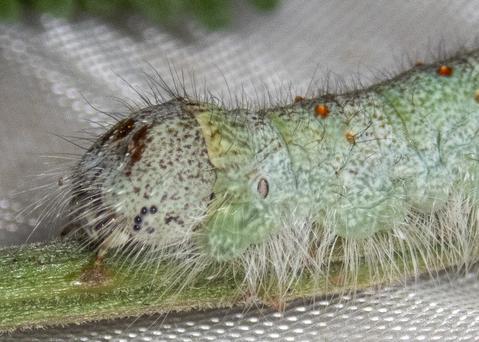
Both green and brown caterpillars have been observed to hatch from the eggs laid by a single female. The black marks on the head are variable and may expand to cover the head. Most brown ones become green in the final instar
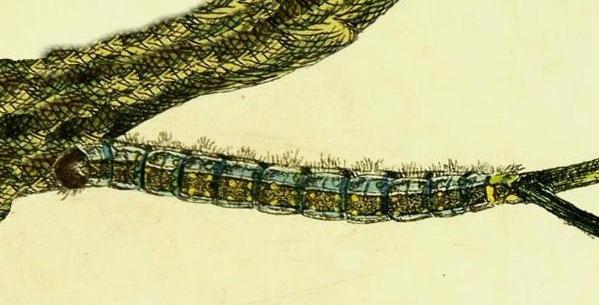
The caterpillar underside is white with a prominent black spot under each segment. The prolegs are yellow with pale feet.
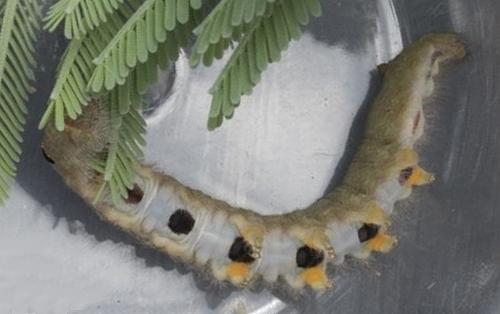
The caterpillars grow to a length of about 6 cms. The caterpillars pupate in a silky white cocoon between the leaves of the foodplant or in a neighbouring crevice. The cocoon has a length of about 2 cms. Metamorphosis can take as little as two weeks, before the adult moth emerges.
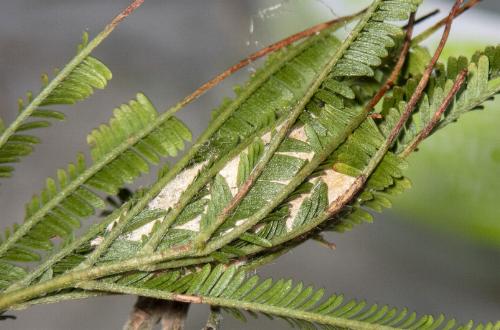
The adults are brown, with a faint dark spot, two wavy dark lines, and a subterminal row of dots on each forewing, They also have a long pair of labial palps , which are held forward to look like a long nose.
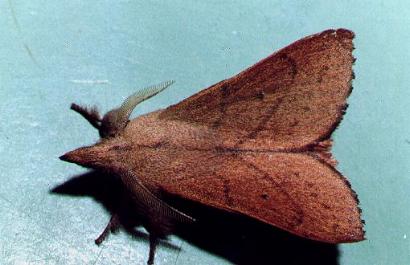
The males and females are different sizes and have differently shaped wings. The males have wings with straighter forewing costas. The males also have more feathery antennae. There are always more males to be found at lights than females. The males have a wingspan of about 3 cms. The females have a wingspan of about 4 cms.
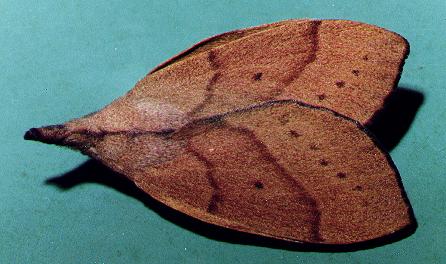
The species is found across Australia, including:
The species is widespread in Victoria, where adults may be found thoughout the year.
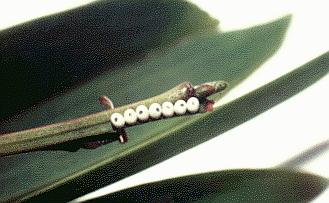
The eggs of this species are oval and pale blue when laid, becoming white as they dry. They have a diameter of about 0.5 mm. They are laid in a row along a twig of a foodplant.
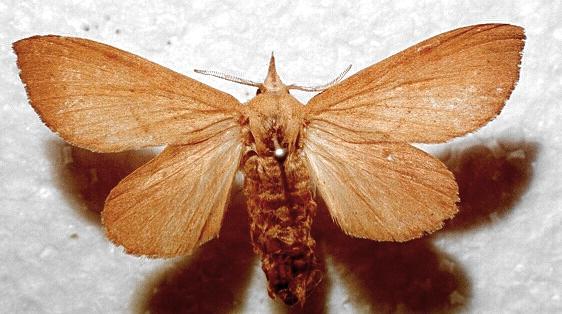
There is considerable variation amongst specimens of this species, so it is probably a species complex, and should be divided into two or more distinct species.
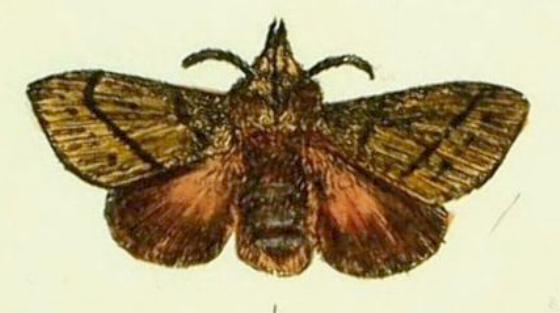
A specimen originally thought to be this species was collected on Cook's voyage, and previously had been assumed to have been taken at Botany Bay. Later examination of the label showed it was taken in the north. That northern species is now called Pararguda australasiae.
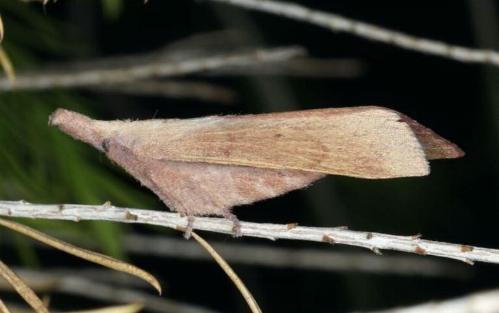
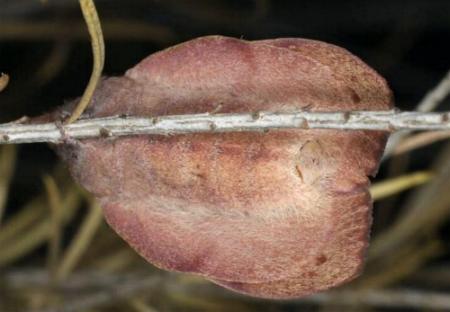
underside
(Photos: courtesy of
John Bromilow,
Ainslie, Australian Capital Territory)
Further reading :
David Carter,
Butterflies and Moths,
Collins Eyewitness Handbooks, Sydney 1992, p. 205.
Ian F.B. Common,
Moths of Australia,
Melbourne University Press, 1990, p. 389.
Pat and Mike Coupar,
Flying Colours,
New South Wales University Press, Sydney 1992, p. 55.
John William Lewin,
Prodromus Entomology,
Natural History of Lepidopterous Insects of New South Wales,
London : T. Bensley (1805), p. 6, and
Plate 5.
Peter B. McQuillan, Jan A. Forrest, David Keane, & Roger Grund,
Caterpillars, moths, and their plants of Southern Australia,
Butterfly Conservation South Australia Inc., Adelaide (2019), p. 91.
Peter Marriott,
Moths of Victoria - Part 1,
Silk Moths and Allies - BOMBYCOIDEA,
Entomological Society of Victoria, 2008, pp. 6-9.
Paul Zborowski and Ted Edwards,
A Guide to Australian Moths,
CSIRO Publishing, 2007, p. 5.
 caterpillar |  butterflies |  Lepidoptera |  moths |  caterpillar |
(updated 6 April 2013, 10 August 2023)